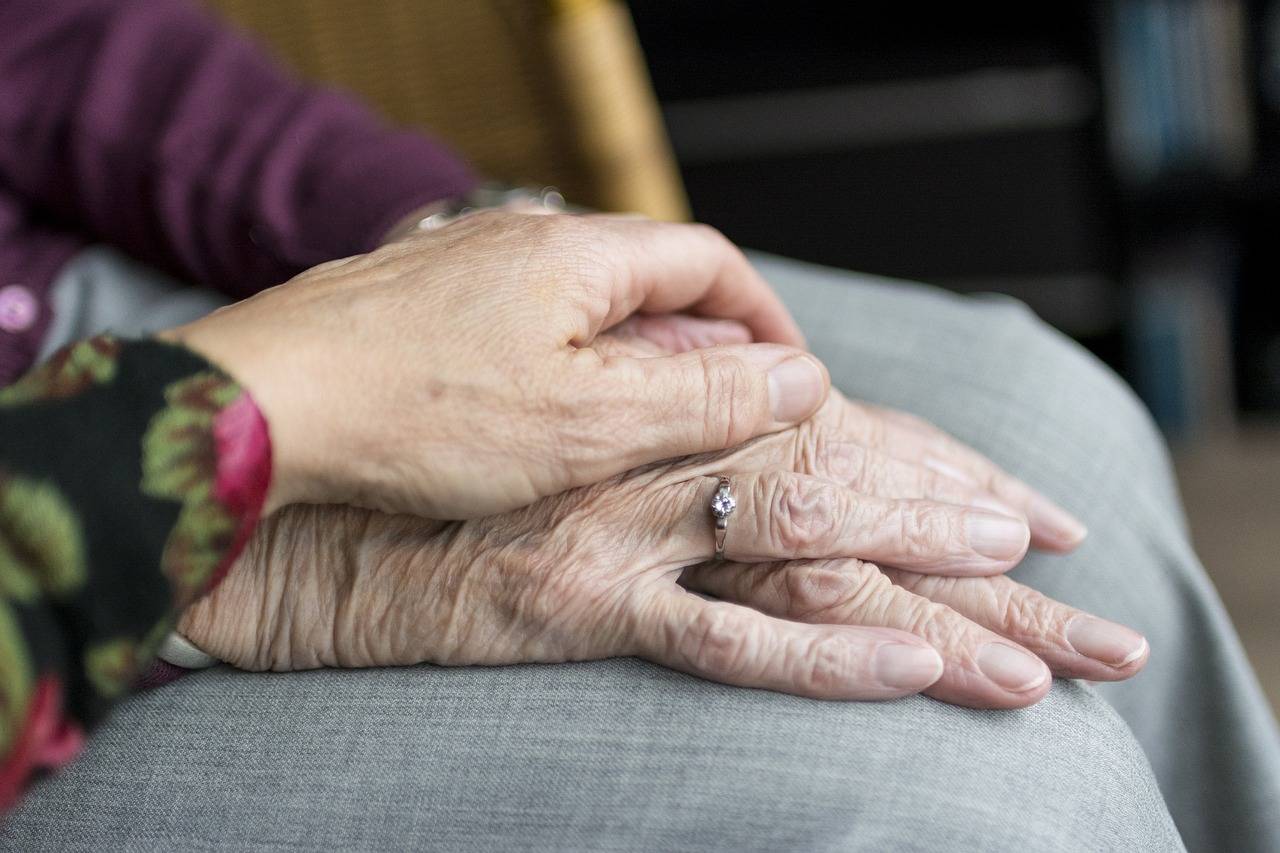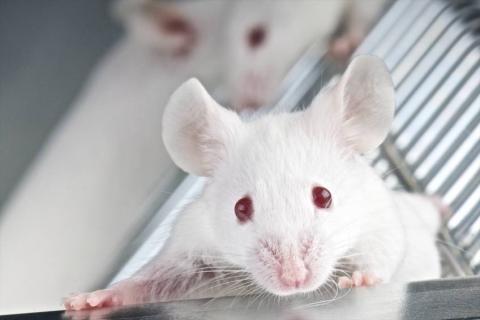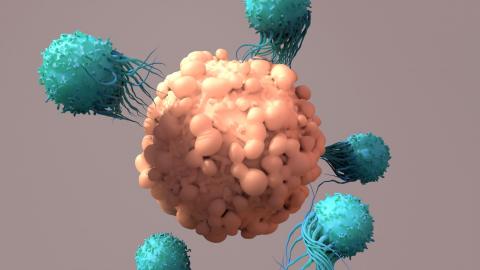Reactions: New technique tested to improve gene therapy for Parkinson's disease
A study led by Spanish researchers and published in Science Advances has tested a new technique to improve gene therapy treatments for Parkinson's disease. Using ultrasound, they have managed to open the blood-brain barrier in specific areas, allowing the viruses used in the therapy to pass through and better reach the desired brain areas. After testing it on monkeys and three patients -patients were not given gene therapy, but the efficacy of the technique was tested using a radiotracer that does not normally cross the blood-brain barrier-, their conclusions are that the technique is safe and feasible and "could allow early and frequent interventions to treat neurodegenerative diseases".

Párkinson terapia génica - José Luis Lanciego
José Luis Lanciego
Senior Researcher of the Gene Therapy in Neurodegenerative Diseases Programme at the Centre for Applied Medical Research (CIMA), University of Navarra
A Spanish-Japanese international team led by researchers from the Centro Integral de Neurociencias Abarca Campal (Hospital Universitario HM Puerta del Sur, Móstoles, Madrid), has managed to transiently permeabilise the blood-brain barrier (BBB) in non-human primates and Parkinsonian patients using a technique known as Low Intensity Focused Ultrasound (LIFU). In this way, they have achieved that an adeno-associated viral vector (AAV), administered systemically, crosses this barrier only in a specific area of interest and thus transfects brain neurons through a minimally invasive and safe procedure, opening the door to its application in patients, even in the short term.
The composition of the BBB isolates the brain from the peripheral circulation and limits the penetration of therapeutic agents, which is a major problem when designing new treatments for neurodegenerative diseases in general, and Parkinson's disease in particular. Any new treatment must fulfil three premises, as follows: (1) it must be able to cross the BBB, (2) it must reach the target area of interest and not be distributed homogeneously throughout the brain, in order to avoid adverse effects, and (3) once at the given target, the concentration of the product must be high enough to be effective.
Gene therapy uses AAV-like viral vectors as Trojan horses that have been modified in the laboratory to carry a gene of interest, which when expressed in neurons in the target area causes the cells to produce a specific therapeutic protein encoded by the gene. To date, all ongoing clinical trials with gene therapy products use the intraparenchymal route, whereby the target area is reached using stereotactic neurosurgical procedures, obviously an invasive option.
The main advantage of the LIFU technique described in this article is that it temporarily opens the BBB only in the area of interest, so that a systemically administered AAV vector can access the neurons located in the target area (in the putamen nucleus, in the case of this article) and transfect them specifically to express a specific therapeutic protein. In this way, the interior of the brain parenchyma is reached in a minimally invasive way that does not require neurosurgical procedures and is safe and effective, which, taken as a whole, represents a major advance in research into new therapies for Parkinson's disease.
Barneo - Parkinson (EN)
José López Barneo
Professor of Physiology at the University of Seville and head of the Cellular Neurobiology and Biophysics team at the Institute of Biomedicine of Seville (IBiS)
The work is very interesting because it demonstrates that by applying ultrasound in a focused way, the blood-brain barrier (BBB) can be temporarily opened and drugs (and viruses for gene therapy) can be delivered directly into the brain. This technology has previously been tested in mice, but is now being developed in primates and in three patients with Parkinson's disease (PD). In addition, precise measurements are carried out to demonstrate that the applied molecules reach the predetermined target and that the procedure is safe.
This technique represents an important step forward in the development of gene therapy for application in humans suffering from neurodegenerative diseases. Normally, the BBB isolates the brain from blood circulation. Therefore, in gene therapy trials where therapeutic viruses need to be introduced into the brain, they are administered by injection with a needle. In the studies that have been carried out so far, the injection causes significant tissue (brain tissue) damage, which limits its use in patients. This limitation disappears completely with the non-invasive therapy described here.
The work is of high technical quality and is mostly carried out in Spain and led by Spanish scientists. Before its routine application in patients, further controlled trials will be needed to confirm that the technique has no relevant side effects.
Analia - Parkinson (EN)
Analia Bortolozzi
Senior scientist at the Institute for Biomedical Research of Barcelona (IIBB-CSIC), principal investigator at CIBERSAM and head of the Systems Neuropharmacology group at IDIBAPS-Fundació Clínic.
It is a study that offers some hope for patients with Parkinson's disease (PD), which can be extended to other neurodegenerative disorders such as Alzheimer's disease or neurological disorders such as brain tumours or epilepsy.
Currently, PD affects approximately 6 million people worldwide, a number that is expected to increase gradually and steadily over the coming decades due to global ageing trends. The aetiology of PD has not yet been identified, and despite enormous research efforts, no effective treatment to halt or slow the progression of the degeneration of dopaminergic neurons has so far been achieved.
However, in recent years, gene therapy has shown promise as a therapy that can provide long-term expression of therapeutic proteins. Adeno-associated virus (AAV) is the most widely used viral vector to deliver complementary DNA sequences encoding genes involved in PD pathology. The goal of gene therapies in PD is to increase the bioavailability of dopamine in the nigrostriatal pathway by directly enhancing proteins involved in dopamine production or to promote the health of dopaminergic neurons by maintaining and restoring neurotrophic factors.
To achieve this, gene therapy trials require AAV vectors to be administered intrathecally (delivery of a drug directly into the subarachnoid space) or intracerebrally to bypass the blood-brain barrier, which is a critical limiting factor. Indeed, early clinical trials of gene therapy were unsuccessful, and this was commonly due to conservative volumes, resulting in suboptimal coverage of the putamen (the putamen is the brain region most affected by dopaminergic denervation in PD).
Therefore, this study represents an important advance in improving the distribution of AAV vectors within the target brain region, as well as using intravenous delivery of AAV vectors after opening the blood-brain barrier by low-intensity focused ultrasound (LIFU).
Recently, it has been shown that low-intensity focused ultrasound (LIFU) combined with intravenously circulating microbubbles can be safely applied to reversibly and temporarily open the blood-brain barrier. Dr Obeso's team pioneered this methodology in a pilot study involving patients with Parkinson's disease and dementia, demonstrating that the procedure is feasible and well tolerated, with no serious adverse events.
Here, the research group goes a step further and successfully reports in monkeys and three patients that LIFU can become a safe and less invasive tool to facilitate the delivery of gene therapy and other potential molecules such as immunotherapy. The study shows that systemic administration of AAV vectors after opening of the blood-brain barrier in more than one PD-relevant brain region results in the expression of neuronal proteins and, consequently, possible activation of these brain regions.
Despite its advantages and treatment possibilities, LIFU has its share of challenges. Although better penetration of the blood-brain barrier is a great help for drug delivery, including gene therapy, it increases the risk of unwanted substances, such as foreign bodies and inflammatory agents, entering the brain.
In fact, the same authors reported that one of the monkeys showed inflammatory responses in brain tissue one month after LIFU application. Therefore, it is important to take into consideration the tissue responses observed after LIFU, such as localised oedema, haemorrhage, ischaemia and glial activation. A better understanding of the risks associated with intravenous microbubble administration is also needed. As with any new therapeutic approach, extensive research is essential to further improve the therapy, expand its applications and determine its long-term effects.
Blesa et al.
- Research article
- Peer reviewed
- Experimental study
- People
- Animals



